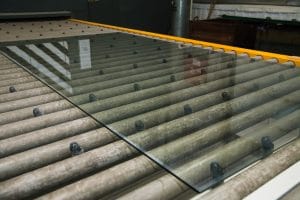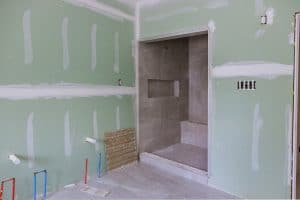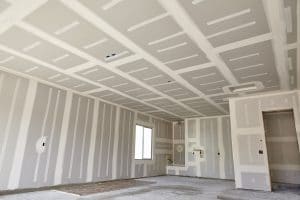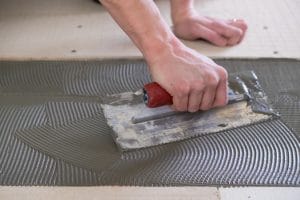Blog

A Builder’s Guide to Using Insulated Glass
While they provide security and connect us to the outside world, windows are some of the biggest detriments to home energy efficiency. Air-conditioned or heated air can...

The majority of glass products used in the building industry are made from float glass. This type of glass uses a special, highly-regulated process to develop the...

When traditional sheets of glass break, they can become very dangerous. They break into large shards with razor-sharp edges which can easily cut or severely injure...

10 Types of Glass for Construction
Like most building materials, glass comes in several varieties and styles. There are types of glass made for security, aesthetics, privacy, and insulation purposes, and...

8 Tips for Using Social Media to Market Your Construction Company
The construction industry is one of the oldest industries in the world, and one that has constantly adapted to new materials and techniques. (We’re not building sewers...

What Is Mold-Resistant Drywall?
While naturally occurring, mold can become a serious problem within a home. Mold spores float through the air and embed themselves in organic material in a damp,...

During the housing and baby boom following WW2, drywall became a staple on construction sites of all types. Rather than the painstaking process of nailing wood or metal...

No one likes excessive noise, especially within their home. Whether you have noisy neighbors, or you are a noisy neighbor with a conscience, soundproof drywall can help...

What Is Thinset? Advantages and Disadvantages
When it comes to glues, adhesives, grouts, and mortars, thinset is a misunderstood material. This adhesive’s properties, abilities, and applications are often confused...